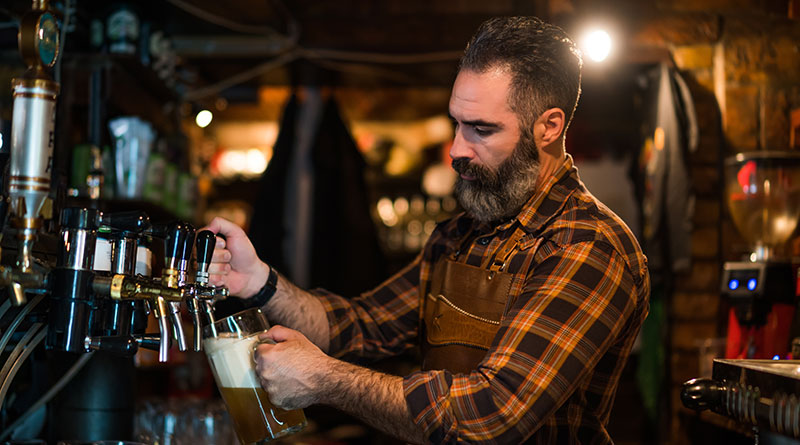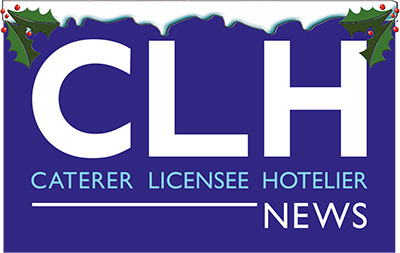UK Pubs and Bars Face Structural Shift, Economic Pressure and Changing Consumer Habits

The UK pub and bar sector is undergoing a period of profound transformation, with structural changes, economic challenges and shifting consumer preferences reshaping the market, according to the latest UK Pub and Bar Market Report 2025 from Lumina Intelligence.
The report reveals that managed, branded and franchised operators are set to account for more than half of the market’s value by 2025, despite representing just over a quarter of total sites. Their scale and access to investment are enabling significant estate enhancements, the introduction of premium concepts and the development of pubs with rooms.
This strategic, targeted investment is creating a clear competitive advantage, positioning these operators for sustainable growth and profitability, but also placing pressure on smaller, independent businesses that may struggle to match the pace of innovation.
However, the market’s growth potential is tempered by persistent economic headwinds. Operators are facing substantial cost increases, including a 6.7% rise in the national minimum wage, higher employer National Insurance contributions and a reduction in business rates relief from 75% to 40% from April 2025. With margins already under strain, these pressures are expected to contribute to a net closure rate of around eight pubs per week during the year.
Many businesses are responding with tough cost-saving measures, such as reducing trading hours, streamlining workforces and consolidating their estates through selective disposals. The report emphasises that meaningful policy reform will be critical in ensuring the long-term stability and resilience of the sector.
Commenting on the findings, Linda Haden, Insight Lead at Lumina Intelligence, said:
“The UK pub and bar sector is at a decisive point in its evolution. Managed and branded operators are demonstrating how investment and innovation can deliver results, but the economic environment remains challenging for all.”
Despite these challenges, consumer engagement with pubs is showing encouraging signs of recovery. Both the frequency of visits and the average spend per customer are increasing, while the fastest-growing occasion is now the low-tempo, relaxation-led visit.
Consumers are placing greater emphasis on quality, brand reputation and health-conscious choices, with younger adults aged 18 to 34 leading a resurgence in alcohol-led occasions, particularly those featuring cocktails and spirits. In response, operators are expanding their revenue streams beyond food and drink, developing event-led programmes, accommodation options and “third-space” environments such as co-working areas.
